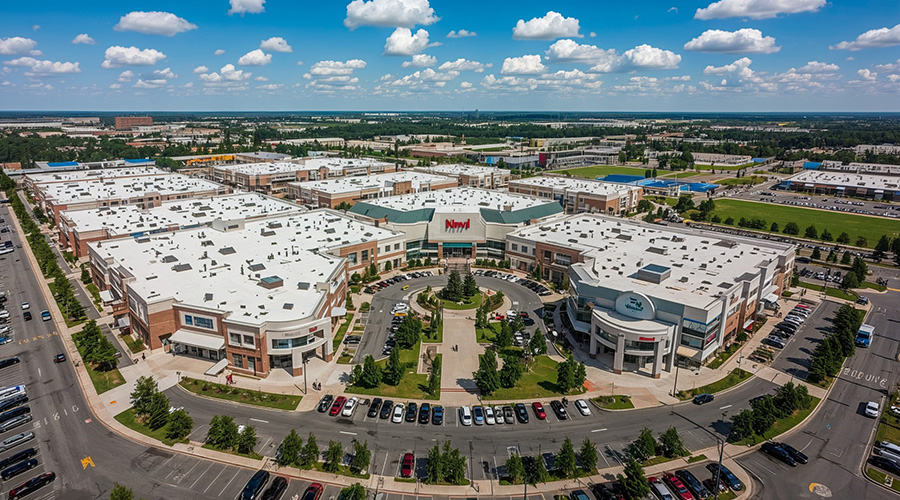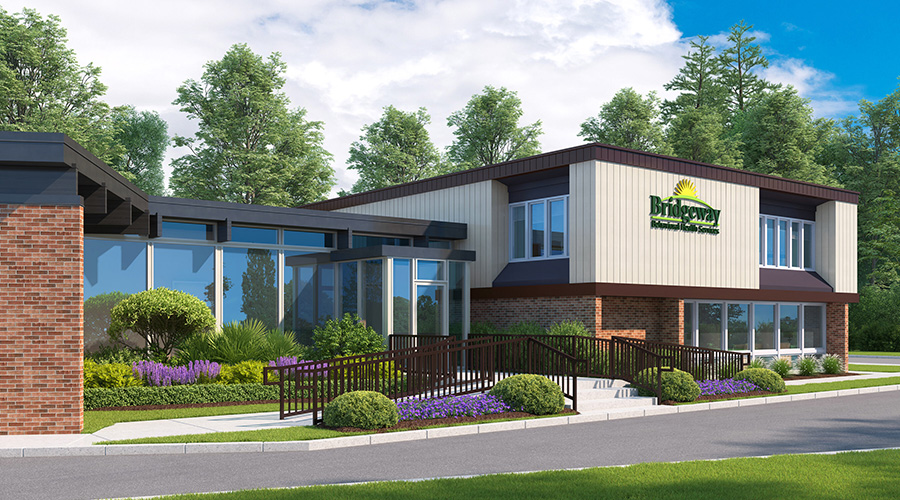The last few years tested the healthcare industry in unanticipated ways, adding stress on systems to contain costs in a tight labor market all while preparing for economic uncertainty. Despite the challenges, the medical office sector remains one of the most resilient commercial real estate sectors, and investors view it as a key alternative asset class due to unwavering demand.
JLL’s new Healthcare and Medical Office Perspective details key themes affecting U.S. healthcare systems and medical office owners and operators, including labor challenges, elevated costs and industry disruptions. These factors, among others, put pressure on health system margins and provider performance, yet the industry continues to adapt and grow.
“Health systems and other care providers continue to face economic challenges in the aftermath of the pandemic, including labor shortages, payor and reimbursement pressures and disruption from innovation and new entrants into the sector,” says Jay Johnson, national practice leader for healthcare markets with JLL. “Facilities offer both risks and opportunities to healthcare providers, and, despite the challenges, the critical nature of healthcare and large tailwinds from a growing and aging population continue to make healthcare real estate one of the most stable asset classes for investors.”
Under pressure
Healthcare system margins are impacted by higher cost pressures than ever before, and although margins are projected to improve, 75 percent of hospital chief financial officers still plan to decrease their operating budgets, according to a survey from The Academy.
Real estate can account for up to 40 percent of the balance sheet for most healthcare systems and hospitals, so leveraging real estate for cost savings can help improve margins. As margin relief becomes vital, both established and scaling systems turn to creative real estate solutions like portfolio overhauls and optimizations, lease restructures, strategic location analytics and divestments of non-core assets to help their bottom line.
Disruption is mounting
The healthcare industry has experienced disruptions such as on-demand access to care, technology and more choices for patients. Factors like location convenience, protocol expectations and consumer preferences for differentiated care all affect whether a patient remains loyal to their provider.
Capital investment and big tech also are driving new disruptions. Venture capital in digital healthcare reached $15.4 billion in 2021, an all-time high, and 46 percent of that was dedicated to the healthcare services sector. Global technology companies are also entering the space through pharmaceutical, personal health tracking, virtual clinical trials and health insurance, and private equity sees healthcare as a safe bet, with 40 percent of private equity firms most interested in healthcare IT.
Growth in outpatient demand is also driving activity and competition among healthcare systems. A continued shift toward outpatient services will drive provider demand, as well as consumer preference for more convenient and accessible outpatient facilities.
“The challenge most health systems and outpatient accessible facilities operators must consider is their overarching strategy to attract and retain targeted population demographics,” said Vionnta Rivers, executive director of solutions development with JLL. “Leveraging their physical assets in a more efficient way that enhances the patient experience will become more critical in a post-pandemic healthcare marketplace.”
Systemness continues as key strategy
Systemness seeks to provide better care to more people at lower costs by operating in optimal and efficient ways to align, coordinate and leverage all service lines, locations and stakeholders. After a record-breaking year for merger and acquisition revenues in 2021, consolidation within the healthcare industry has continued well into 2022. Industry leaders expect merger and acquisition activity to continue, as smaller hospitals that are struggling financially join larger systems or merge to create scale, reduce costs and improve the quality of their care through systemness.
Systems are also following patient populations to retirement markets, and the Sunbelt markets are the biggest beneficiaries, with 19 percent population growth over the past decade. By 2030, projections show 55 percent of the national population will reside within the Sunbelt.
“Typically, high-growth markets have lower costs, but, because of migration surges, we can expect more accelerated cost growth,” says Maddie Holmes, senior research analyst for industry insight and advisory with JLL. “In fact, inflation has been accelerating faster in these markets relative to the U.S. due to this very trend, so, while costs may be lower, high-growth markets may also experience more rapid price changes.”

 Healthcare Is the New Retail
Healthcare Is the New Retail Bridgeway Behavioral Health Services Launches Campaign to Renovate Health Center
Bridgeway Behavioral Health Services Launches Campaign to Renovate Health Center Ground Broken for New North Dakota State Hospital
Ground Broken for New North Dakota State Hospital AI Usage for Healthcare Facilities
AI Usage for Healthcare Facilities Ground Broken on Pelican Valley Senior Living Modernization Project
Ground Broken on Pelican Valley Senior Living Modernization Project